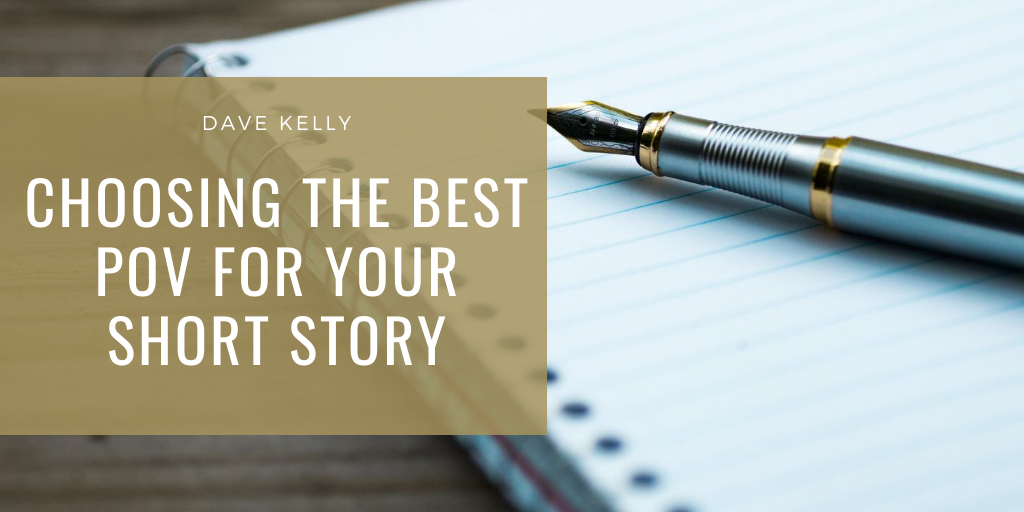The typical short story has fewer than 8000 words. Every decision you make as a writer holds extra weight when working with such limited space. One of the most basic storytelling choices—which POV to use—is also one of the most impactful.
What Is POV?
The point of view is the lens through which readers experience a story. Most writers use either first person or third person. Second-person is less common, most commonly used for more avant-garde pieces.
First Person
With first-person, you tell the story from inside a character’s mind. We experience the character’s direct and unfiltered thoughts and feelings.
This POV is ideal for stories focused on a character’s thoughts as opposed to their actions. Whether implemented in the form of journal entries or the stream-of-consciousness thoughts of a protagonist, the first-person POV can put readers directly into a character’s state of mind.
Third Person
Third-person omniscient tells the story from a distance, typically from an unnamed narrator’s perspective, all-seeing narrator. The downside? It doesn’t feel as intimate. It can also lead to “head-hopping,” when the story jumps between multiple characters’ thoughts so that it becomes confusing for the reader. Short story writers should shy away from an omniscient POV, since introducing several characters in a limited space can become confusing for readers.
Third-person limited, like third-person omniscient, uses the pronouns “he,” “she,” and “they.” It differs from omniscient by putting the reader squarely inside the mind of a character. The effect is similar to first-person—it feels intimate and immediate, but with a dose of disconnect from the character’s exact state of mind.
Which POV Is Best?
What kind of story are you telling? If you want readers to identify with one character in particular, then third-person limited or first-person might be best. If you need more distance or want to detail more than one character’s thoughts, consider third-person omniscient. If you still can’t decide, try writing the same passage in different POVs. You may find one more impactful than the other!
